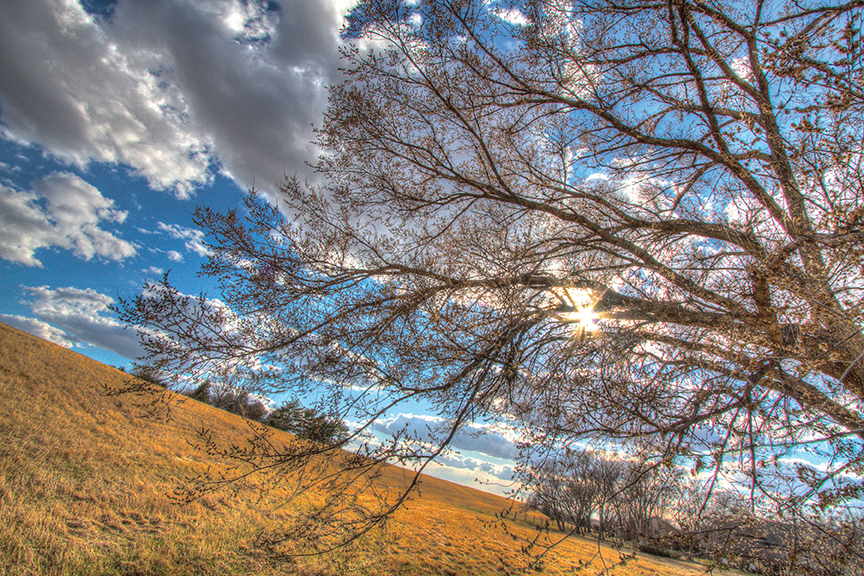Striving for Environmental Excellence on the Silicon Prairie

by Frank E. Uhlarik
In 2017, Lincoln’s city council adopted the Lincoln Environmental Action Plan or LEAP—formalizing Lincoln’s first sustainability plan. It includes 14 strategies for improving Energy, Land Use, Transportation, Waste and Water Resources. Below are highlights of Lincoln’s 2018 progress.
Energy
*In 2018 Lincoln began to replace nearly 27,000 outdated and inefficient streetlights with new LED fixtures. The project is projected to reduce the city’s annual energy use by 10.7 million kilowatt hours and remove 3.9 million pounds of carbon from the atmosphere. This is equivalent to planting 180,891 trees or removing 1,224 cars from the road.
*StarTran (Lincoln’s public transit system) continues to be a leader in the region by moving towards a greener fleet. By mid-2019, half of the fleet will use alternative fuel including 37 CNG-fueled vehicles—24 buses, 11 Handi-Vans and two trolleys—and four electric buses.
*Progress continued on three other energy strategies in LEAP to: 1) audit and upgrade municipal facilities for greater energy efficiency, 2) modernize the city’s building energy code and 3) institute solar friendly permitting processes for residential and business applications.
Other Energy Related Developments in 2018 Include:
*In August of 2018, the city council approved a “Property Assessed Clean Energy” or PACE. This program allows commercial property owners to finance energy efficiency improvements and renewable energy projects through special assessments on their properties.
*Work continues on the Theresa Street water resource reclamation facility to clean digester gas for insertion into a commercial gas pipeline for use as vehicle fuel—taking advantage of renewable energy credits. The city also continues to evaluate higher and better uses of landfill gas (currently piped to a Lincoln Electric System power generating facility) to increase revenue from this renewable fuel.
Land Use
*With the 2018 discovery of the emerald ash borer (EAB) in Lincoln, the city is finalizing an EAB mitigation plan and securing funding for ash tree removal and replacement. This will pay dividends in preserving Lincoln’s coveted
tree canopy.
*Strong support continued in 2018 for the Prairie Corridor conservation efforts with additional funding, partnerships, landowner outreach, habitat development and pollinator research focused on preserving the Salt Valley Greenway—a ribbon of open space and greenway links within the Salt Valley drainage basin in Lincoln and Lancaster County. The Prairie Corridor on Haines Branch will connect and build upon these green assets with a trail to promote ecotourism and education, and through prairie conservation and restoration to highlight one of southeast Nebraska’s most valuable resources—tallgrass prairie.
*Work continues on a community wide review to identify properties that could be converted to productive urban agriculture use. The LEAP goal is to identify and evaluate 50 acres for potential urban agriculture projects.
Transportation
*Calculated benefits of Phase I of the Green Light Lincoln traffic flow improvements program completed in early 2018 showed reduction/elimination of 32.4 million traffic stops, 437,000 hours of delay, 575,000 gallons of fuel saved, and 57,400 kg of harmful emissions avoided. These improvements resulted in a 19:1 benefit/cost ratio for the city! Work continued on subsequent phases of the program in 2018 for expanded benefits to Lincoln’s drivers and the environment.
*Electric vehicle ownership is on the rise in Lincoln. Together with LES, Lincoln is continuing to evaluate ownership and charging trends in order to formulate policies and incentives that facilitate greater interest and investment in this clean form of transportation.
Waste Management
*Lincoln’s landfill ban on corrugated cardboard (excluding Bluff Road Landfill) went into effect in April of 2018. In the first quarter of 2018 before the ban, Lincolnites increased corrugated cardboard volume at the city’s drop-off recycling sites by 26% compared to 2017. Post-ban performance continues to show excellent results evidenced by a 93 percent increase for April, 117 percent increase for May and a 129 percent increase for June compared to last year. Lincoln also developed a continuing education and outreach program to tell people and businesses about the ban and to provide information and public service announcements about proper recycling.
Water Resources
*In the Summer of 2018, Lincoln Water System hired a consultant to evaluate shared resource planning with Metropolitan Utilities District, which serves the Omaha area. Conservation efforts and wellfield improvements together will extend the ability to serve Lincoln’s population for the next couple of decades, but growth projections may eventually exceed LWS’ ability to serve Lincoln’s population—making shared resource planning
a necessity.
Much work has been initiated on the 14 strategies described in LEAP but we have far to go to approach our desired outcomes. Stay tuned to our progress on LEAP by searching keyword LEAP on Lincoln’s city website at Lincoln.ne.gov.














Recent Comments